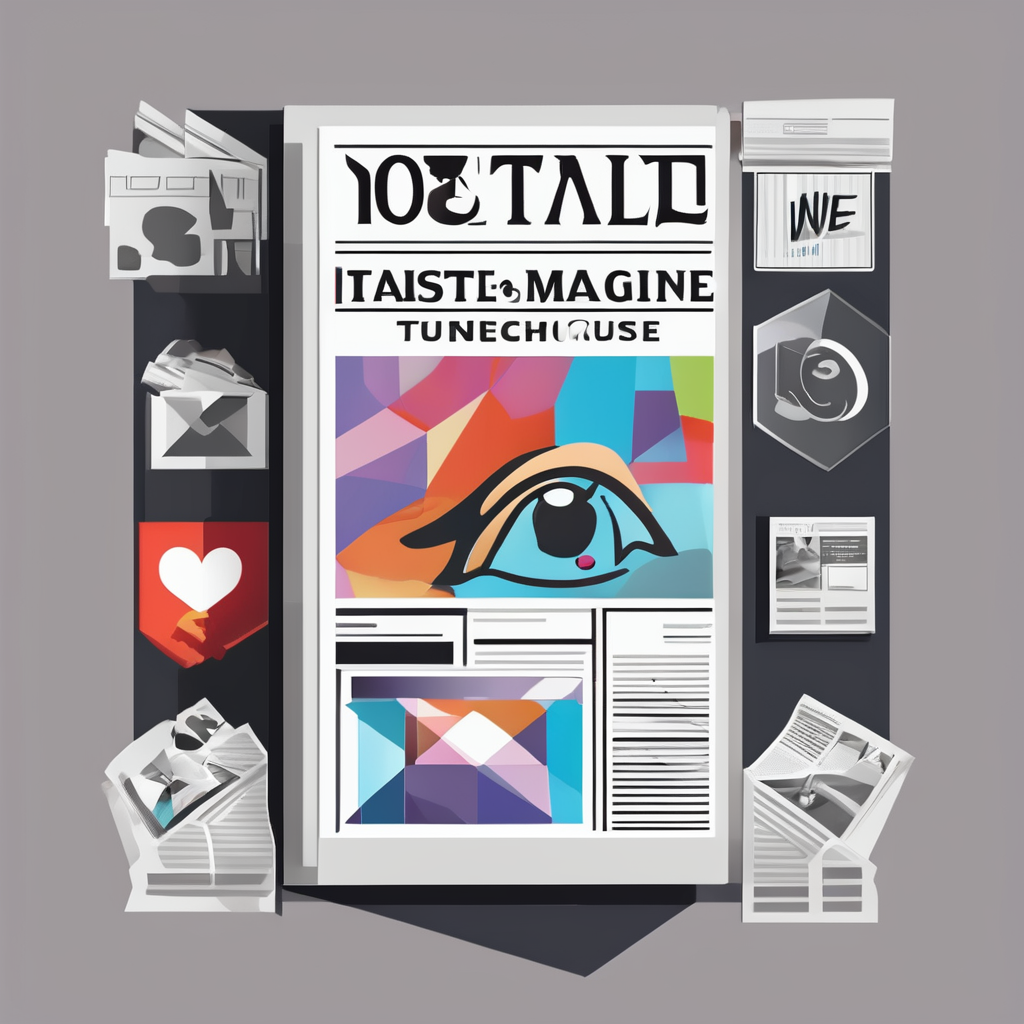Overview of the UK News Landscape
The UK news landscape is diverse, encompassing a range of platforms including print, broadcast, and digital media. Major UK news outlets such as national newspapers, television broadcasters, and online news sites contribute distinct voices, each catering to varied audience demographics and preferences.
Print media continues to be influential through well-established newspapers like The Times and The Guardian, often prized for in-depth reporting and analysis. Broadcast media, including the BBC and Sky News, reaches a broad audience with real-time coverage and live updates. Digital platforms, such as online news portals and social media, have rapidly grown, providing instant access and interactive content. These formats reflect the evolving consumption habits of the public and broaden the reach of news organizations.
Have you seen this : How are healthcare reforms shaping the UK’s future?
Each major UK news outlet develops unique editorial identities, shaping content to align with their target audiences. By understanding the reach and demographic focus of these sources, one can better navigate the complex UK media environment. This media overview is crucial in identifying how news delivery varies by channel and outlet type.
Together, these factors define the structure of the UK news ecosystem, influencing public discourse and information flow across society.
Also to discover : What Factors Are Influencing the Current Political Landscape in the UK?
Political Leanings and Editorial Stance of Major Outlets
Understanding the UK media political bias is essential to grasp how news outlets shape public discourse. Major UK news outlets often exhibit distinct editorial stances reflecting their ownership, target audience, and historical positioning. For example, some newspapers lean left, promoting progressive policies, while others favor conservative viewpoints. Centrist outlets aim to balance these perspectives, striving for more neutral coverage.
The editorial stance influences not only story selection but also the framing of issues. Ownership plays a significant role: proprietors’ political interests can subtly guide newsroom priorities, impacting content tone and framing choices. This dynamic contributes to consistent patterns where certain outlets align with specific political parties or ideologies.
Commonly recognised patterns include:
- Left-leaning outlets supporting social welfare and regulatory policies.
- Right-leaning outlets emphasizing free-market principles and traditional values.
- Centrist outlets providing coverage that attempts to engage a broad, politically diverse audience.
Recognising these news outlet leanings equips readers to critically assess biases and interpret content accordingly. This understanding is fundamental in navigating the UK news landscape with awareness of potential slants in reporting.
Mechanisms Through Which News Coverage Influences Public Opinion
News media exert media influence primarily through agenda-setting and news framing. Agenda-setting decides which topics dominate public attention by repeatedly highlighting certain issues. For example, extensive coverage of economic policies by major UK news outlets can prioritize this topic in public discourse. News framing involves shaping the interpretation of events, emphasizing aspects that align with the outlet’s editorial stance, subtly guiding audience perception.
Research on media influence identifies three key effects: priming, cultivation, and reinforcement. Priming occurs when frequent media focus on a topic affects the standards by which people evaluate related issues or politicians. Cultivation emphasizes how long-term exposure to media narratives can shape an individual’s worldview. Reinforcement strengthens existing attitudes by echoing pre-held beliefs, commonly seen when consumers select news sources aligned with their bias.
The interplay between media narratives and individual attitudes is complex; media can both reflect and shape public perception. News outlets craft stories that resonate with their audiences but also influence opinion formation by framing issues in a particular light. Understanding these mechanisms clarifies how the UK news landscape plays a vital role in shaping societal views through selective reporting and presentation strategies.


